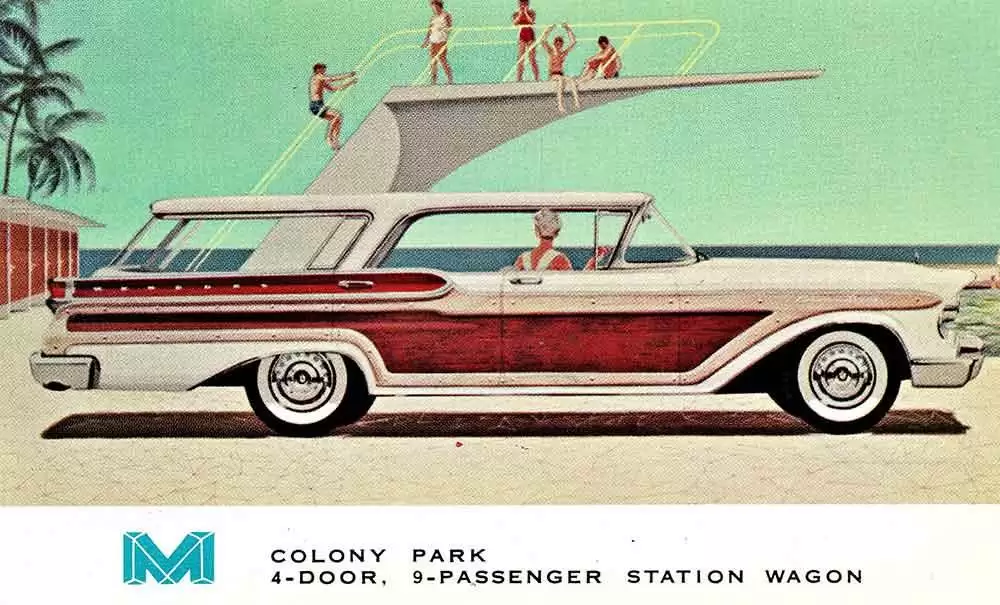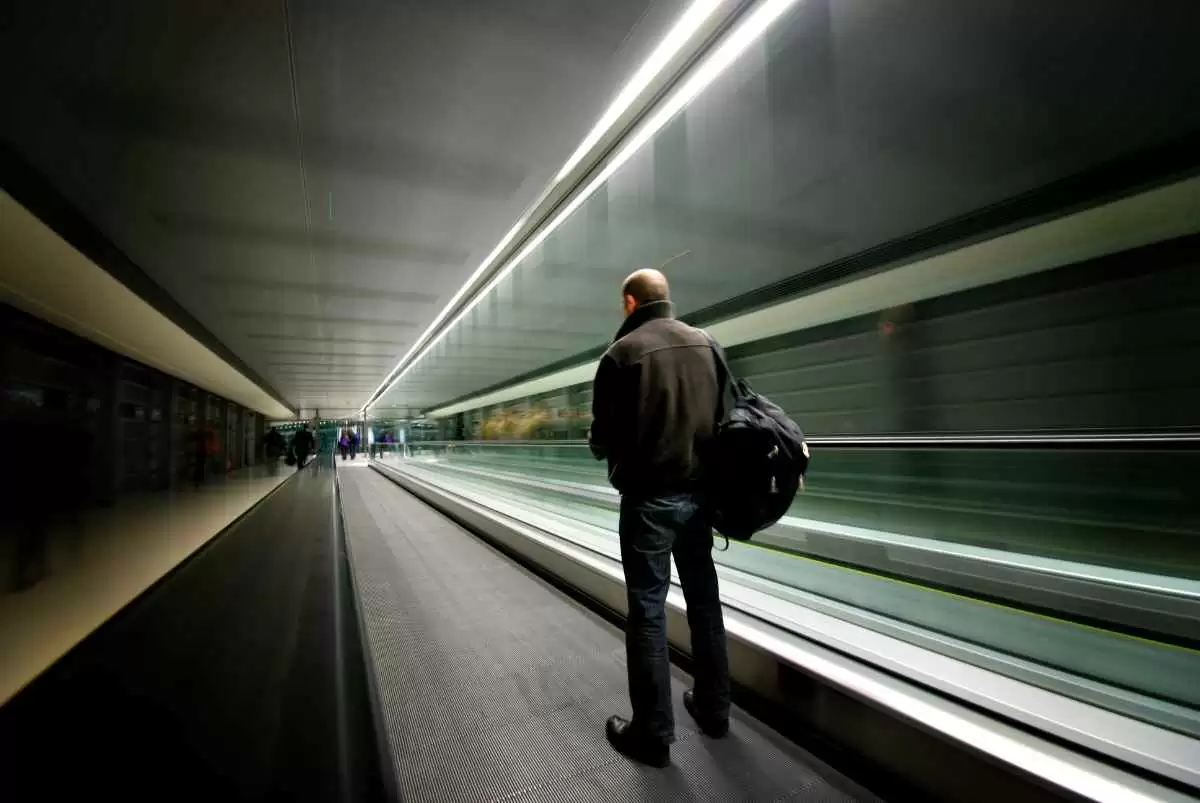Celiac.com 05/30/2025 - Traveling with celiac disease or gluten sensitivity requires more planning than most vacations, but it shouldn’t hold you back from exploring the world. With the right tools, preparation, and mindset, you can enjoy a safe, gluten-free trip whether you're flying to a major city, visiting a remote island, or embarking on a road trip.
This guide is packed with practical strategies to help you maintain your health and confidence on the road—so you can focus on the adventure, not the anxiety.
Before You Go: Essential Prep for Gluten-Free Travel
Celiac.com Sponsor (A12):
1. Research Your Destination Thoroughly
Start with research tailored to gluten-free needs. Search for gluten-free restaurants, health food stores, and support groups in your destination. Apps like Find Me Gluten Free or websites like Celiac Travel and AllergyEats can help. Read reviews and contact restaurants in advance if needed.
What This Means for People with Celiac Disease:
In countries with less awareness of celiac disease, understanding local cuisine is critical. For example, soy sauce (which contains wheat) is common in Asia, while hidden gluten can lurk in sauces and marinades in Latin America. Being informed reduces risk and helps you advocate for yourself clearly.
2. Get a Gluten-Free Travel Card
Translation cards explaining celiac disease in the local language can be a game-changer. These cards communicate your dietary needs clearly to restaurant staff, reducing the risk of miscommunication. Many are available online and customized by region and language.
3. Secure a Doctor’s Letter (Optional but Helpful)
In case you travel with prescription medication or need to explain dietary needs at security checkpoints or during medical emergencies, a letter from your doctor can provide clarity.
4. Book Accommodations Wisely
Look for hotels or rentals with kitchen access. Platforms like Airbnb often allow you to filter for kitchens, while some hotels offer kitchenette suites or gluten-free meal options in their restaurants. Even a small fridge and microwave can give you more control over your meals.
Packing for a Gluten-Free Trip
1. Bring a Gluten-Free Emergency Kit
No matter where you’re going, pack some gluten-free staples. Ideas include:
- Shelf-stable meals (instant gluten-free oatmeal, pasta cups, soup packets)
- Gluten-free granola bars or trail mix
- Crackers, rice cakes, or nut butters
- Electrolyte powder or supplements
- A small cutting board and travel utensil set
2. Don't Forget Snacks for the Plane
Most airline snacks are not safe for people with celiac disease. Pack your own to avoid going hungry or getting sick mid-flight. Choose sealed, TSA-compliant portions and carry extra in case of delays.
3. Consider a Travel Cooler or Insulated Bag
For longer trips or road travel, an insulated lunch bag can help keep fresh foods like fruit, cheese, or gluten-free sandwiches safe and convenient.
Navigating Air Travel Gluten-Free
1. Call the Airline in Advance
While many airlines offer "gluten-free" meals, options vary by carrier, route, and class. Always call ahead to request a gluten-free meal (usually at least 48 hours in advance). Then confirm it again at check-in and on board.
2. Be Wary of In-Flight Meals
Even labeled “gluten-free,” airline meals may not be suitable for celiac disease due to cross-contact risks or poor labeling practices. If you’re not 100% confident, stick to your own food.
3. Know Your Rights at Security Checkpoints
Gluten-free food is allowed through TSA security in the U.S. and most international equivalents. Liquids must meet standard rules (under 100 ml), but snacks, bread, and dry goods are usually fine. Be polite, prepared, and confident.
Hotel Stays and Gluten-Free Dining
1. Communicate Your Needs Upon Booking
Call or email the hotel ahead of time. Ask if their restaurant offers gluten-free options and whether the staff is trained to handle dietary restrictions. Some hotels can even label your booking with a dietary flag.
2. Use Hotel Amenities to Your Advantage
Breakfast buffets are often full of gluten, but asking the staff for sealed items like yogurt, fruit, or gluten-free cereal can help. Better yet, shop locally and make your own safe breakfast in your room.
3. Dine Out Strategically
When choosing a restaurant:
- Use apps and guides to locate celiac-safe places.
- Call ahead to ask about gluten-free options and kitchen protocols.
- Visit during off-peak hours so staff can better accommodate your needs.
- Be clear and specific when ordering—“I have celiac disease. Even small amounts of gluten can make me very sick. Do you use a separate prep area and clean utensils?”
What This Means for People with Celiac Disease:
Dining out may feel risky, but with direct communication and smart choices, you can enjoy a delicious, safe experience. Choosing restaurants that take cross-contamination seriously gives you confidence and peace of mind.
International Travel and Cultural Differences
1. Understand Local Food Customs
Some countries are incredibly gluten-aware (e.g., Italy, Australia, Sweden), while others may not understand what gluten is or how serious celiac disease can be. Learn common dishes and ingredients in your destination so you can make informed choices.
2. Use Local Language Cards or Apps
Phrase cards or apps like Google Translate can help bridge language barriers when explaining your dietary needs. Focus on phrases like:
- “I have celiac disease.”
- “I cannot eat wheat, rye, or barley.”
- “Cross-contamination will make me sick.”
3. Shop Like a Local
In many countries, grocery stores carry naturally gluten-free staples—fresh produce, rice, beans, fish, or local gluten-free grains like corn or millet. Look for gluten-free labels (or the international crossed grain symbol) and when in doubt, ask for help.
What This Means for People with Celiac Disease:
Flexibility is key. You might not find your favorite brands, but local alternatives or whole foods can meet your needs. Learning to adapt and prepare meals from simple ingredients is empowering and practical.
Road Trips and Domestic Travel
1. Plan Stops and Food in Advance
Use online maps to locate gluten-free restaurants or grocery stores along your route. Pack a cooler with trusted foods and plan to refill it at known-safe stores.
2. Stay in Celiac-Friendly Hotels
Chains like Marriott and Hyatt often offer allergy-aware dining options. When possible, stay somewhere with kitchen access to avoid relying on roadside diners or fast food.
3. Be Ready for the Unexpected
Traffic delays, closed restaurants, or mix-ups happen. That’s why snacks and backup meals are non-negotiable when you’re on the road.
Cruise Ships and All-Inclusive Resorts
1. Choose a Cruise Line That Accommodates Celiac Disease
Some cruise lines, like Disney Cruise Line and Royal Caribbean, have strong allergy protocols and offer gluten-free menus. Inform the cruise company ahead of time and confirm upon boarding.
2. All-Inclusive Resorts: Call Ahead, Then Double-Check
While “gluten-free” may be offered, resort buffets are high-risk due to shared utensils and surfaces. Opt for à la carte restaurants when possible and speak directly with chefs or managers.
What This Means for People with Celiac Disease:
Cruises and resorts can be safe and enjoyable, but the margin for error is slim. Don’t assume a label equals safety. Establish trust with the staff and always have a plan B.
Tips for Eating Safely Without Stress
- Bring your own condiments or travel soy sauce packets.
- Ask for plain grilled meat, steamed veggies, and rice when in doubt.
- Use a dining card every time—it’s your best protection.
- Watch for gluten in unexpected places like soup bases, spice mixes, or fried foods.
- Always thank staff for helping you eat safely—it builds goodwill and encourages better service for others with dietary needs.
Final Thoughts: Don’t Let Celiac Hold You Back
Traveling with celiac disease or gluten sensitivity can feel daunting at first, but it's absolutely doable with the right strategies. Every safe trip builds confidence—and shows others what's possible. Whether you’re relaxing on a beach, hiking through mountains, or discovering a new city, you deserve to enjoy your adventures without fear.
Plan ahead, stay proactive, and embrace flexibility. You don’t have to miss out—just travel smarter. The world is full of gluten-free treasures waiting to be explored.













Recommended Comments
Create an account or sign in to comment
You need to be a member in order to leave a comment
Create an account
Sign up for a new account in our community. It's easy!
Register a new accountSign in
Already have an account? Sign in here.
Sign In Now